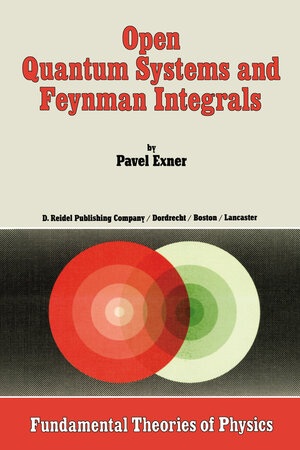
×
![Buchcover ISBN 9789400952072]()
`The careful and comprehensive treatment given in the book, utilizing a wide range of modern analysis (...) is accompanied by equally careful discussion of the physics involved, so that it should be accessible and useful to a wide range of mathematicians, physicists, to whom it is primarily directed.'
Mathematical Reviews (1986)
`... the best and most comprehensive exposition that has appeared so far. ... ... I am tremendously impressed by individuals who have mastered large parts of both the physics of modern quantum theory and the associated rigorous mathematics; Exner is one of these individuals. I heartily recommend his book.'
Foundations of Physics, 15 (1985)
Mathematical Reviews (1986)
`... the best and most comprehensive exposition that has appeared so far. ... ... I am tremendously impressed by individuals who have mastered large parts of both the physics of modern quantum theory and the associated rigorous mathematics; Exner is one of these individuals. I heartily recommend his book.'
Foundations of Physics, 15 (1985)
Open Quantum Systems and Feynman Integrals
von P. ExnerEvery part of physics offers examples of non-stability phenomena, but probably nowhere are they so plentiful and worthy of study as in the realm of quantum theory. The present volume is devoted to this problem: we shall be concerned with open quantum systems, i. e. those that cannot be regarded as isolated from the rest of the physical universe. It is a natural framework in which non-stationary processes can be investigated. There are two main approaches to the treatment of open systems in quantum theory. In both the system under consideration is viewed as part of a larger system, assumed to be isolated in a reasonable approximation. They are differentiated mainly by the way in which the state Hilbert space of the open system is related to that of the isolated system - either by orthogonal sum or by tensor product. Though often applicable simultaneously to the same physical situation, these approaches are complementary in a sense and are adapted to different purposes. Here we shall be concerned with the first approach, which is suitable primarily for a description of decay processes, absorption, etc. The second approach is used mostly for the treatment of various relaxation phenomena. It is comparably better examined at present; in particular, the reader may consult a monograph by E. B. Davies.



